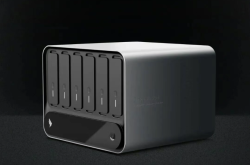Xiaomi 15 sales exceed 1 million! Poaching iPhone users pays off, has "Mi Chonggao" succeeded?
![]() 11/11 2024
11/11 2024
![]() 444
444
Xiaomi, which does not release sales reports, is actually the ultimate winner in this year's flagship phone battle?
Recently, Lu Weibing, head of Xiaomi's mobile phone business unit, revealed in a live stream that Xiaomi 15 series sales exceeded 1 million units within just 9 days of its launch, much faster than last year's Xiaomi 14 series, which took about a month to reach the same milestone. This suggests that the Xiaomi 15 series is quite well-received by consumers.
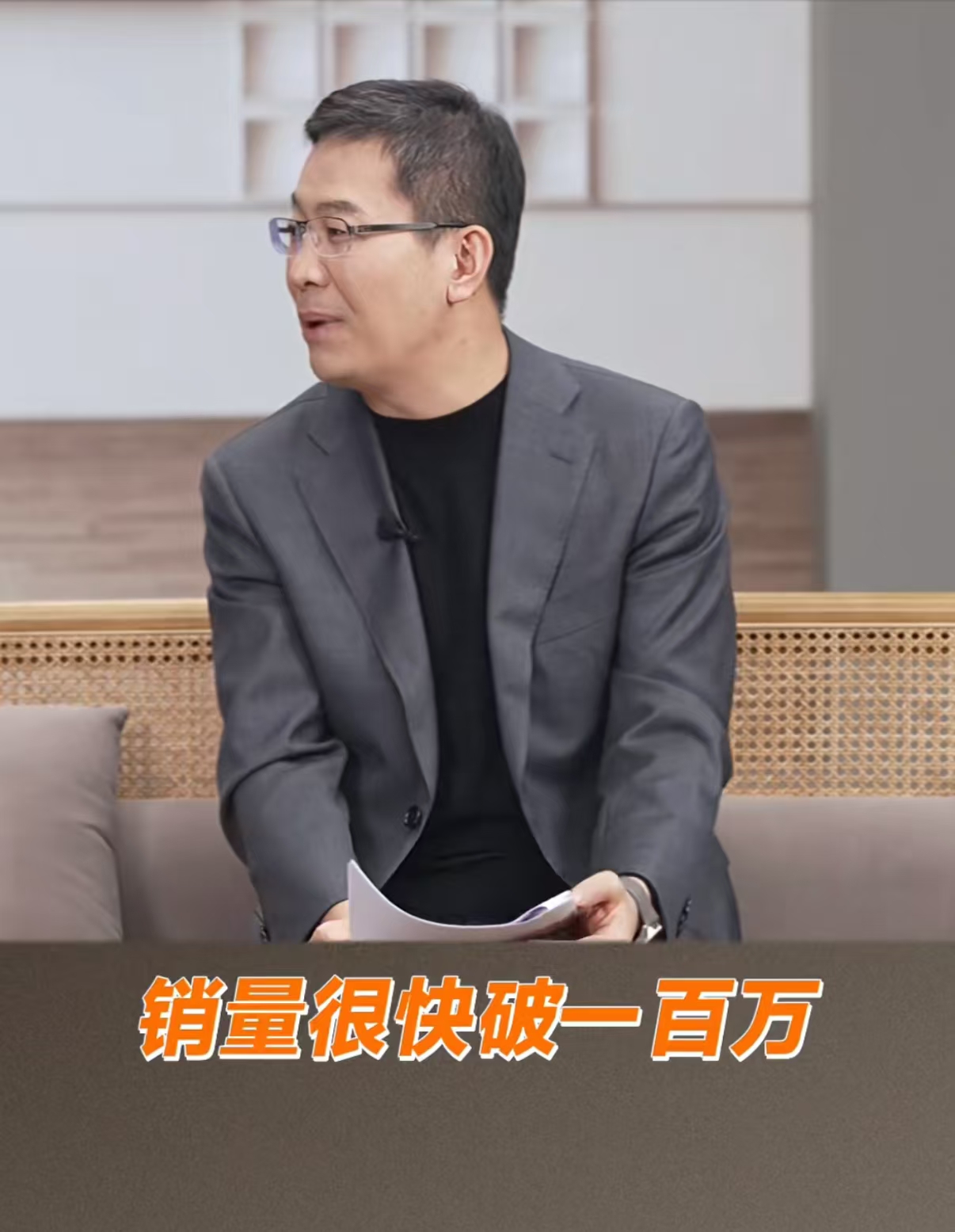
(Source: Douyin)
Interestingly, Lu Weibing also discussed the user demographics of the Xiaomi 15 series during the live stream, stating that about 20% of the new users were former Apple users, a proportion very similar to that of new users for the previous Xiaomi MIX Flip. This means that while domestic manufacturers are actively integrating into the Apple ecosystem, Xiaomi has taken the lead in poaching a large number of Apple users.
So, what exactly attracted a large number of consumers to the Xiaomi 15 series, which "looks like it hasn't changed much" from the previous generation?
Xiaomi 15 is a complete sell-out, has "Mi Chonggao" succeeded?
Lei Jun once stated during the Xiaomi 14 series launch that this generation would be Xiaomi's last to start at a price of 3,999 yuan, and that such a price point would not be available in the future. Following this statement, many media outlets predicted that the Xiaomi 14 series would be the last hurrah for Xiaomi's digital series.
Indeed, the Xiaomi 15 series starts at 4,499 yuan, slightly more expensive than its predecessor. However, it has eliminated the 8GB+256GB configuration, starting directly from 12GB+256GB, so the price increase is not significant when converted. Among competing products released during the same period, almost all models have seen an increase in their starting prices, making Xiaomi's price hike less controversial.
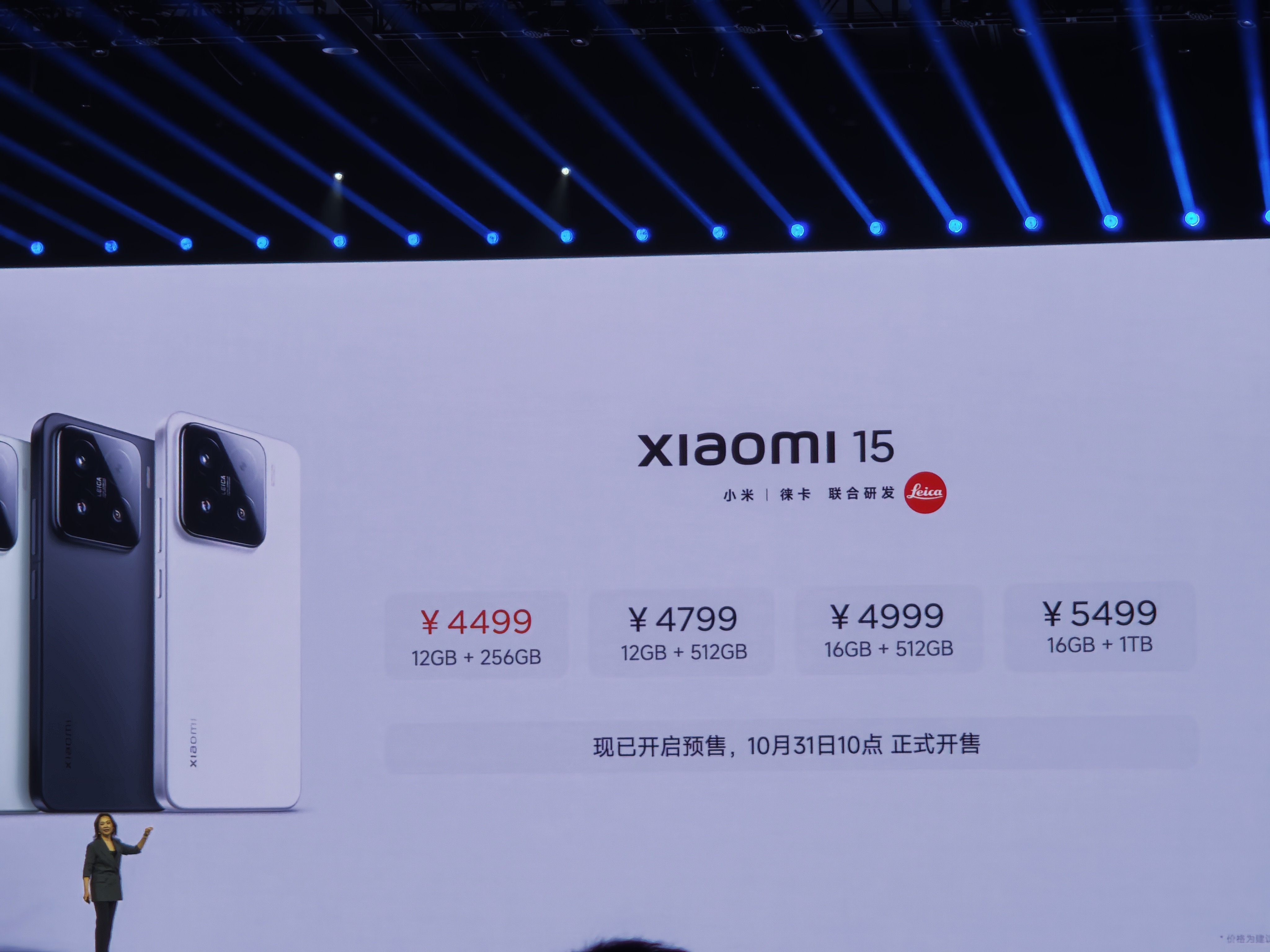
(Source: Leitech live coverage)
Without the shackles of the 3,999 yuan price point, we can also observe that the Xiaomi 15 series is slightly different in positioning from its predecessor. In terms of appearance, the Xiaomi 15 standard edition has become more refined, with an arcuate transition in the lens module Deco and an equally narrow, straight display, making this generation of Xiaomi's digital series more like a "premium phone." Additionally, Xiaomi 15 Pro's strategy is also very precise, addressing the lack of telephoto imaging by introducing a limited-edition return of the glossy silver color to elevate the product positioning.
Without excessive stacking of peripheral parameters, this allows consumers to focus more on the improvements in the Xiaomi 15 series' experience.
First, in terms of imaging, Xiaomi 15 did not upgrade its hardware but optimized its algorithms. As mentioned in Leitech's Xiaomi 15 review, thanks to algorithm optimization, Xiaomi 15 significantly outperforms Xiaomi 14 in highlight suppression and dynamic range processing.
Second, in terms of peripheral experience, the Xiaomi 15 series comes standard with ultrasonic fingerprint solutions. Those familiar with this biometric identification solution should also be aware of its advantages: fast recognition speed, high recognition accuracy, and better security. More importantly, the recognition area is located in the middle of the screen, aligning with the touch position of most consumers.
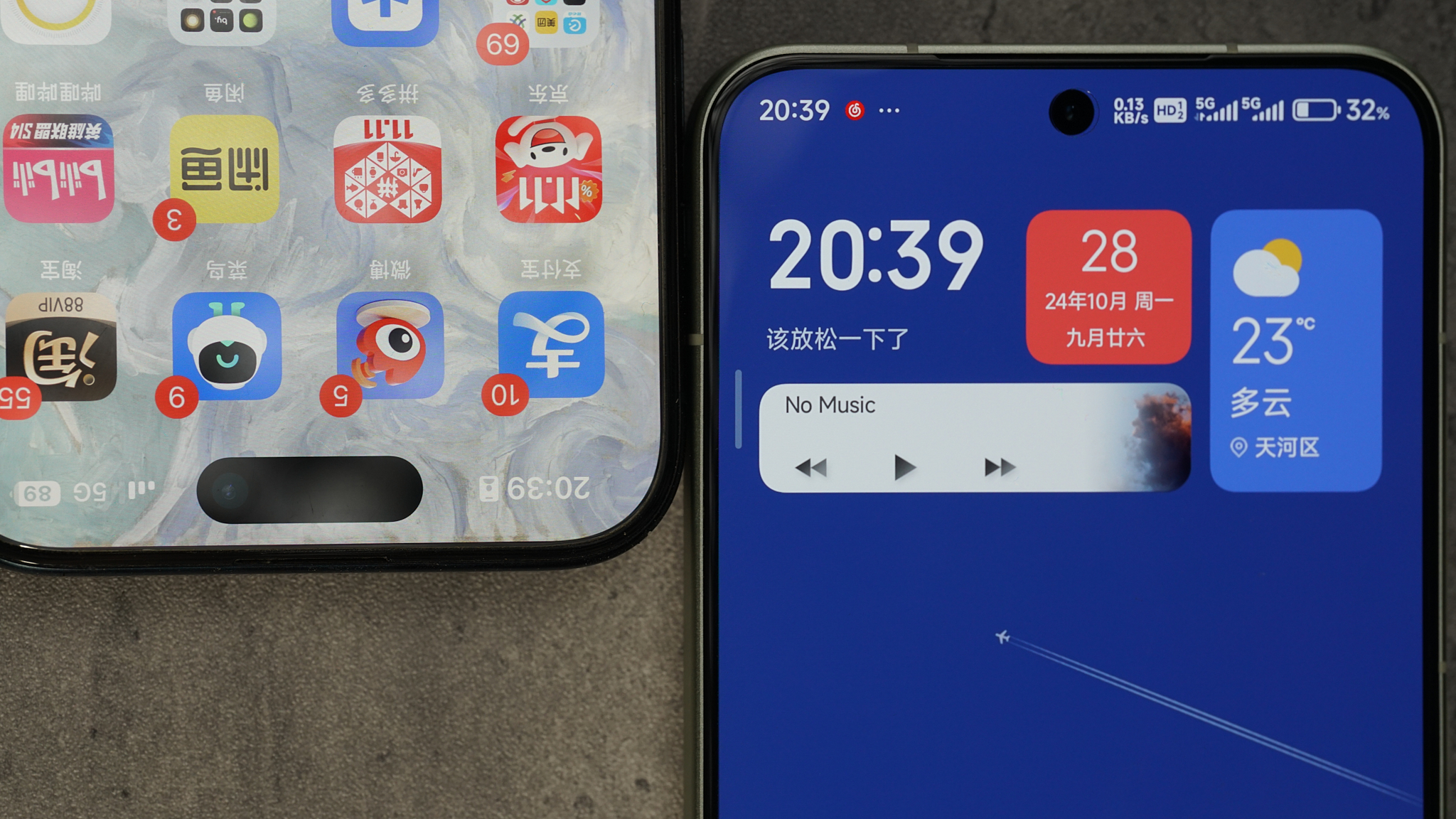
(Source: Leitech coverage)
It is worth mentioning that according to Lu Weibing's revelation in the live stream, the Xiaomi 15 Pro's share of first-day sales in this series was significantly better than that of its predecessor, indicating that more and more consumers are willing to accept Xiaomi phones priced at 5K or 6K, which is a good start. In the 2024 W44 sales rankings released by Weibo's "Wisdom Chip Insider," Xiaomi 15 ranked first, and Xiaomi 15 Pro ranked fourth, with iPhone 16 Pro Max and iPhone 16 Pro sandwiched in between.
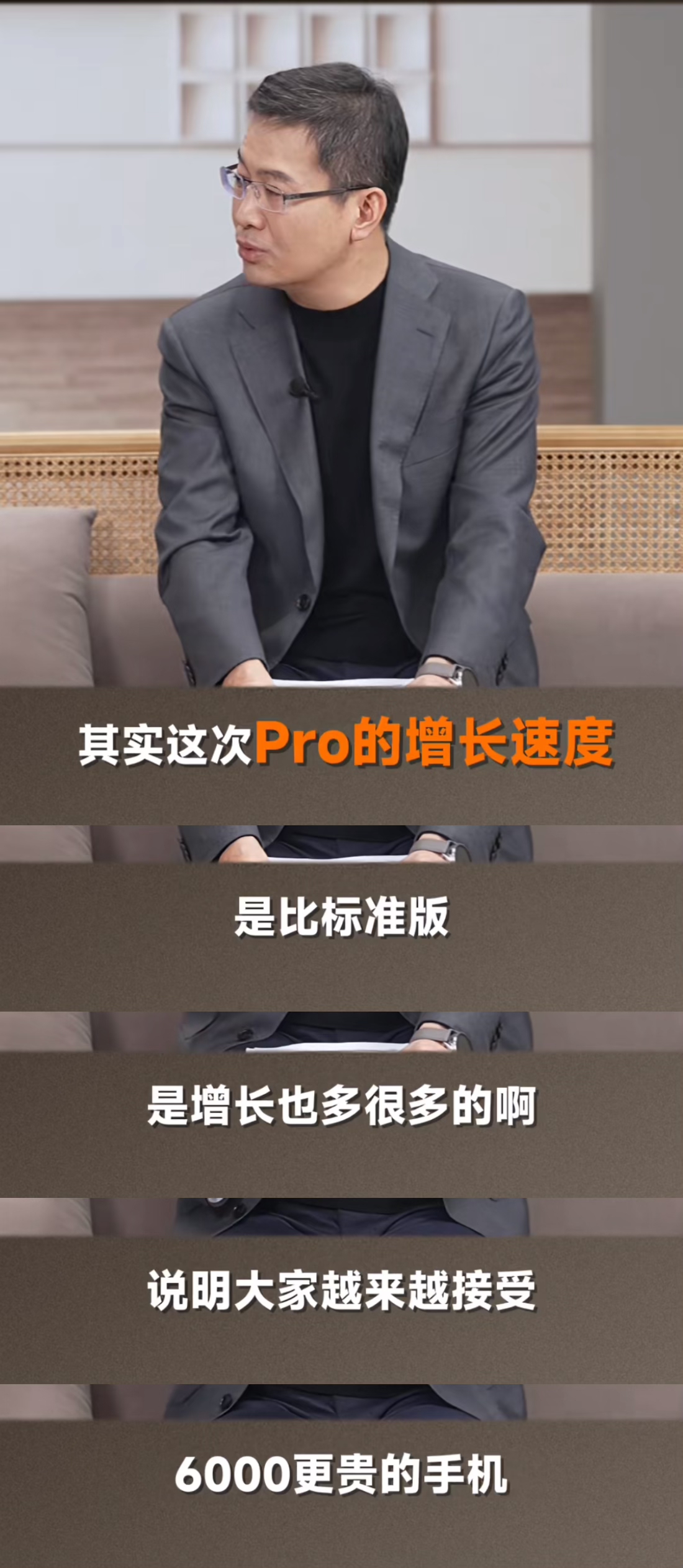
(Source: Douyin)
As the Xiaomi 15 series begins to poach more and more iPhone users, it also indirectly confirms the correctness of the "Mi Chonggao" strategy.
Can Xiaomi attract Apple fans without having an "Apple flavor"?
Most of this year's flagship phones are pursuing an "Apple flavor." Earlier, there was the vivo X200 Pro mini, featuring the same 6.3-inch small straight screen as the iPhone 16 Pro; later, there was the OPPO Find X8, complete with Live Photo and AirDrop features. Although everyone is deeply engaged in this competition to see who resembles the iPhone the most, Xiaomi has not overemphasized the "Apple flavor."
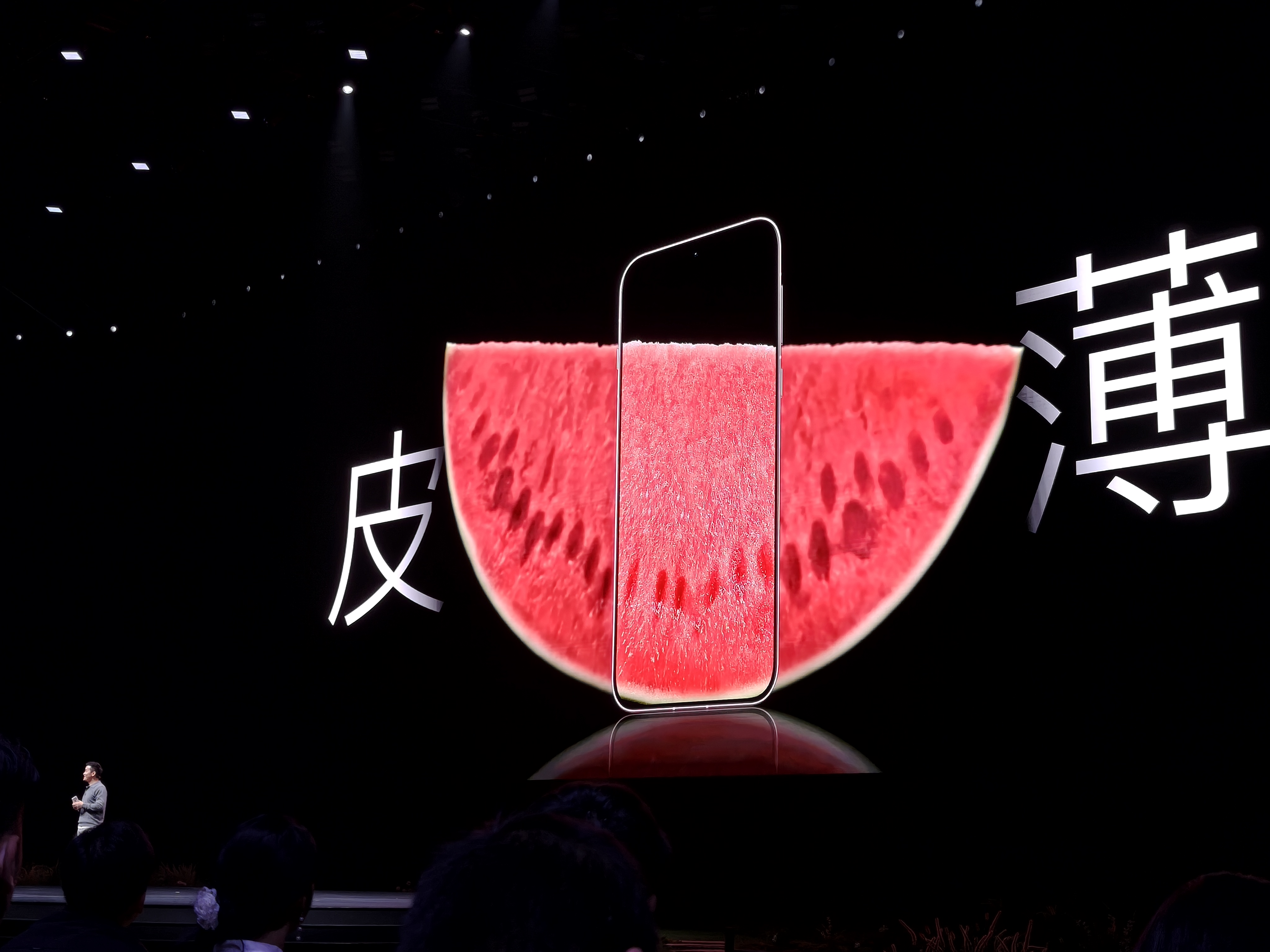
(Source: Leitech live coverage / OPPO Find X8 series launch event)
Xiaomi's digital series has long promoted the concept of small-screen flagships. Starting with the Xiaomi 12, almost every standard edition has been set at the golden size of around 6.3 inches—large enough to accommodate a high-capacity battery ensuring long battery life without compromising on hand feel.
This commitment has laid a solid foundation for the Xiaomi digital series to outperform its predecessors in sales generation after generation.
Compared to being a flat substitute for the iPhone 16 Pro, Xiaomi 15 is more willing to be recognized as the most balanced small-screen flagship in the Android camp. The three main issues that the iPhone struggles to resolve are battery life, imaging, and AI, and these are indeed areas where Xiaomi 15 excels.
In terms of battery life, Xiaomi 15 is equipped with a 5,400mAh Jinshajiang battery, compared to the 4,610mAh Jinshajiang battery in the Xiaomi 14, representing an increase of 790mAh. However, there has been no change in the overall weight or volume of the device. Notably, thanks to the new CSOT C9 luminescent material and advancements in screen packaging technology, its 1.38mm bezel is quite competitive in the industry, even narrower than that of the iPhone 16 Pro.
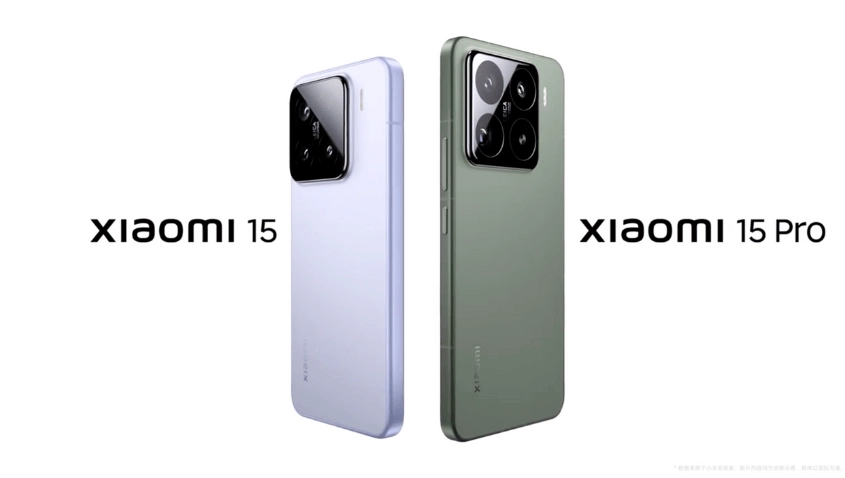
(Source: Xiaomi)
In terms of imaging, although Xiaomi 15 has no hardware improvements, it benefits from the optimization algorithm of Xiaomi's large imaging model, providing AI computing power support at the telephoto end. In recent years, Apple's photography capabilities have seen little significant improvement. Although its video capabilities remain an industry benchmark, most consumers still take more photos to record life events than videos, making Android phones more aligned with the needs of ordinary consumers.
The most crucial aspect is the advancement in AI capabilities of the Pengpai OS 2, which is pre-installed in the Xiaomi 15 series. The newly upgraded Xiaoai brings new AI capabilities such as one-click search, intelligent navigation, and album search, complementing previously well-performing functions like AI removal and smart summarization to form a unique AI function matrix. To date, the iPhone 16 series sold in mainland China has not yet received Apple Intelligence support, which may be one of the critical reasons for consumers' defection.
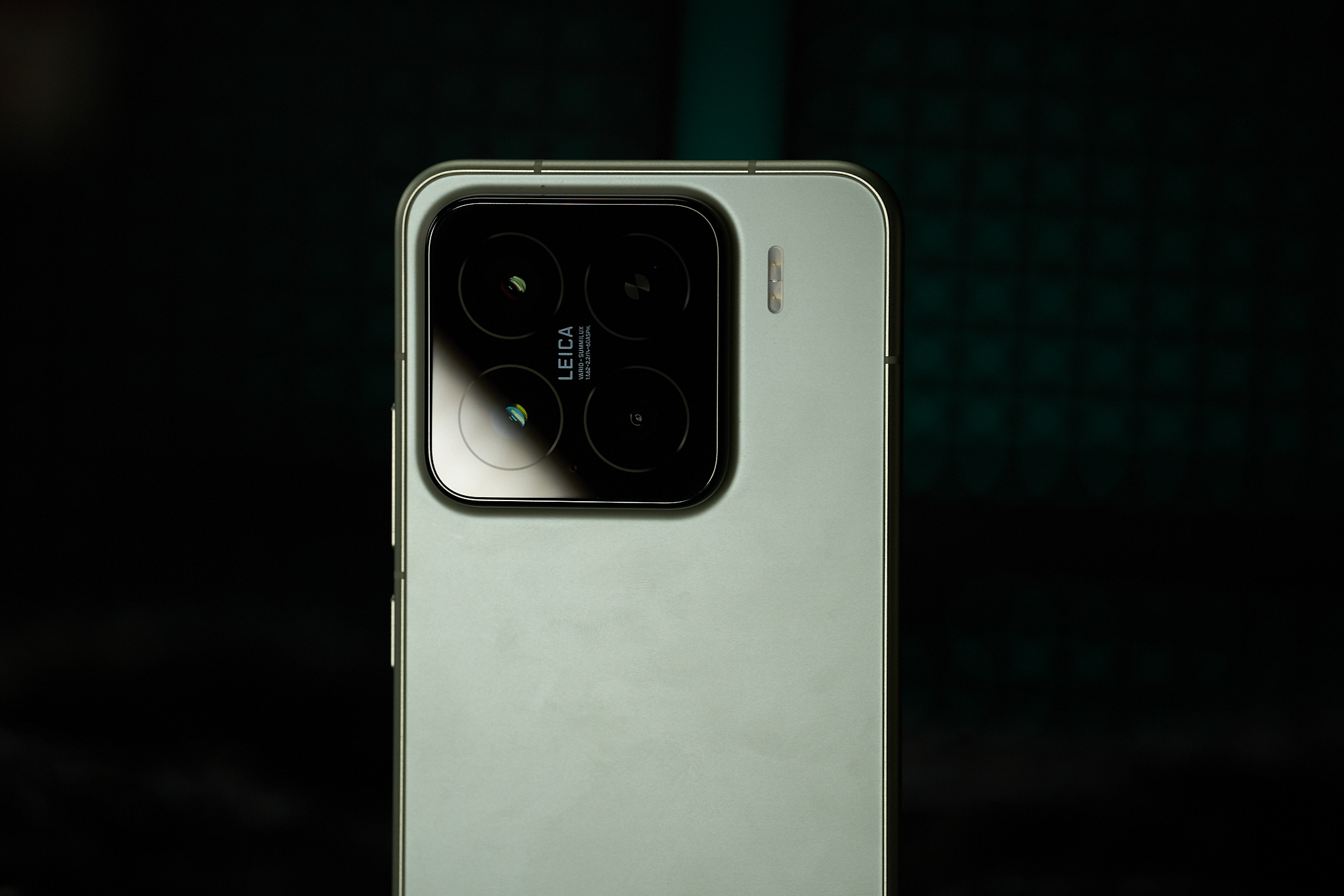
(Source: Leitech coverage / Xiaomi 15)
If we only discuss hardware, Xiaomi 15 is naturally not the most outstanding among this batch of flagship phones. In terms of imaging, the vivo X200 Pro with its 200-megapixel ultra-large-base periscope telephoto lens performs the best. In terms of performance, the iQOO 13 and OnePlus 13 are powerful gaming phones. In terms of battery life, the realme GT7 Pro, with its 6,500mAh ultra-large battery, currently has no rivals. However, it is Xiaomi 15's sufficient balance that has won this battle.
Of course, what we discussed earlier are only the advantages of Xiaomi 15 itself, and brand support and marketing strategies have also contributed to the higher attention received by this generation of Xiaomi 15 series. For example, Xiaomi 15 introduces a custom color play, allowing you to choose from 20 colors and two types of midframes, amounting to 40 combinations; the Xiaomi 15 series also has a diamond custom edition, which embeds an artificial diamond in the midframe, adding a touch of luxury to the appearance; there is also the previously mentioned Xiaomi 15 Pro glossy silver edition, which replicates the classic glossy silver color of the Xiaomi 6, fulfilling the nostalgia of Xiaomi fans.
It is understood that the diamond custom edition of Xiaomi 15 sold out within one minute of its launch. Currently, on platforms with high discussion levels such as Xiaohongshu and Weibo, there are requests for purchase at a premium. Xiaolei also noticed that a short video of a couple buying the Xiaomi 15 diamond custom edition for a marriage proposal went viral on Douyin, with Lei Jun personally sending blessings in the comments section, bringing a wave of popularity to this special model.
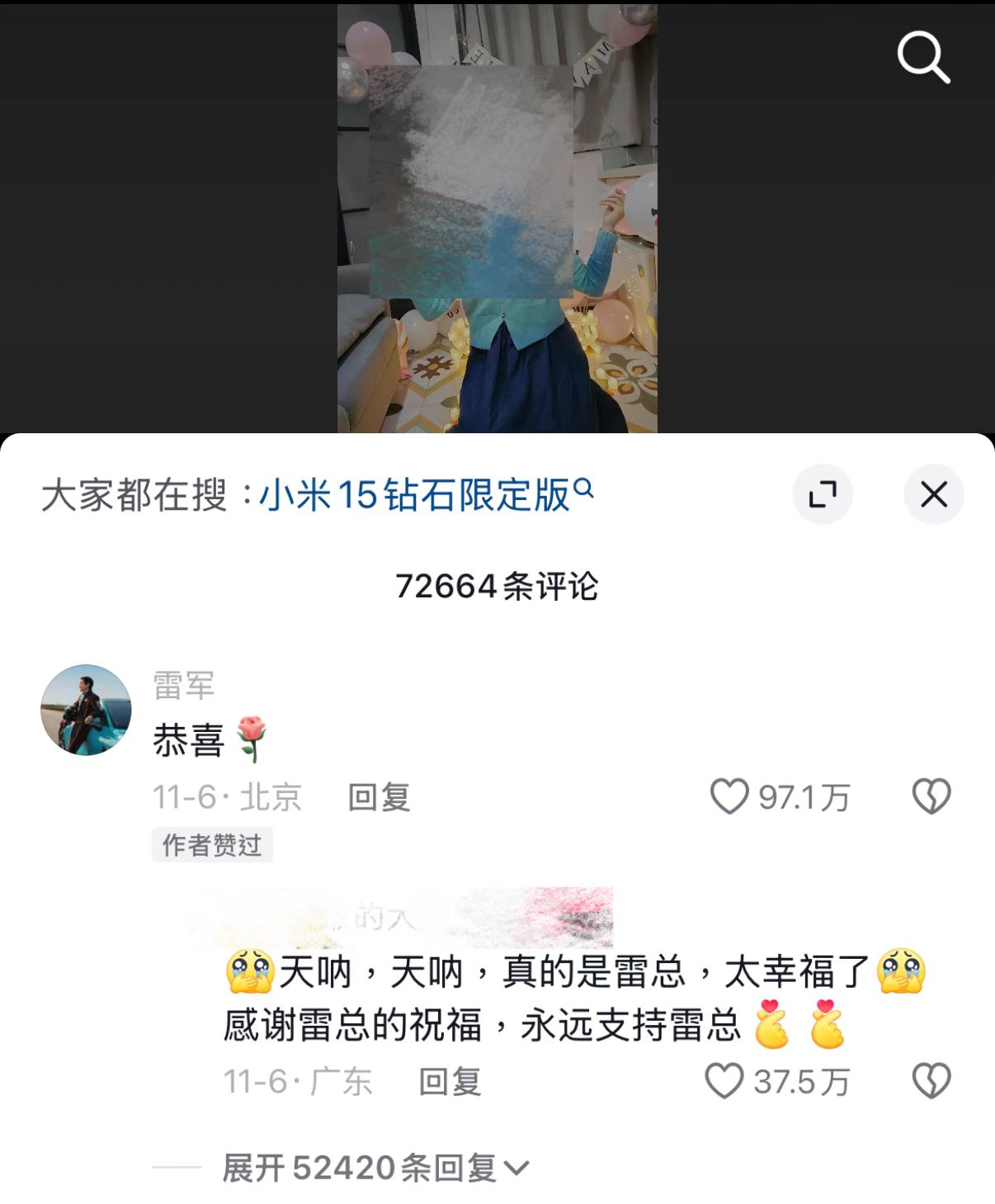
(Source: Douyin)
Overall, it is foreseeable that the Xiaomi 15 series can poach users from Apple. After all, compared to Xiaomi, Apple has lost most of its advantages and maintains a high price, making it difficult to stay ahead in the market. Meanwhile, with the emergence of a large number of small-screen flagships, models led by Xiaomi 15 will further divide the market originally belonging to the iPhone.
Price hike yet still a bestseller, has domestic brand premiumization truly succeeded?
The market initially did not favor the Xiaomi 15 series becoming a bestseller due to the price hike, but this view can also be applied to most flagship models released in October this year. The vivo X200 series increased by 300 yuan compared to its predecessor, the OPPO Find X8 series by 500 yuan, the OnePlus 13 by 200 yuan, and the Honor Magic7 Pro by 100 yuan.
Surprisingly, the iPhone 16 series is the only flagship phone this year to maintain its price. If we consider the memory upgrades in the standard and Plus versions, the price has actually decreased when converted. However, market data also shows that the price-hiked Android flagships are leading the way, while the unchanged iPhone 16 series is lagging behind.
In fact, the global smartphone price hike is not a new phenomenon. A recent survey report released by Counterpoint Research shows that the average selling price of global smartphones in 2024 has reached $365, a 3% increase from last year. This means that consumers are now more willing to pay for functionality than to seek cheap options. It is not difficult to understand why Apple is in a hurry to upgrade all its devices to the minimum hardware standard that supports Apple Intelligence, essentially preparing for the future launch of AI features. Because Apple also understands that without new features, it cannot continue to attract consumers.
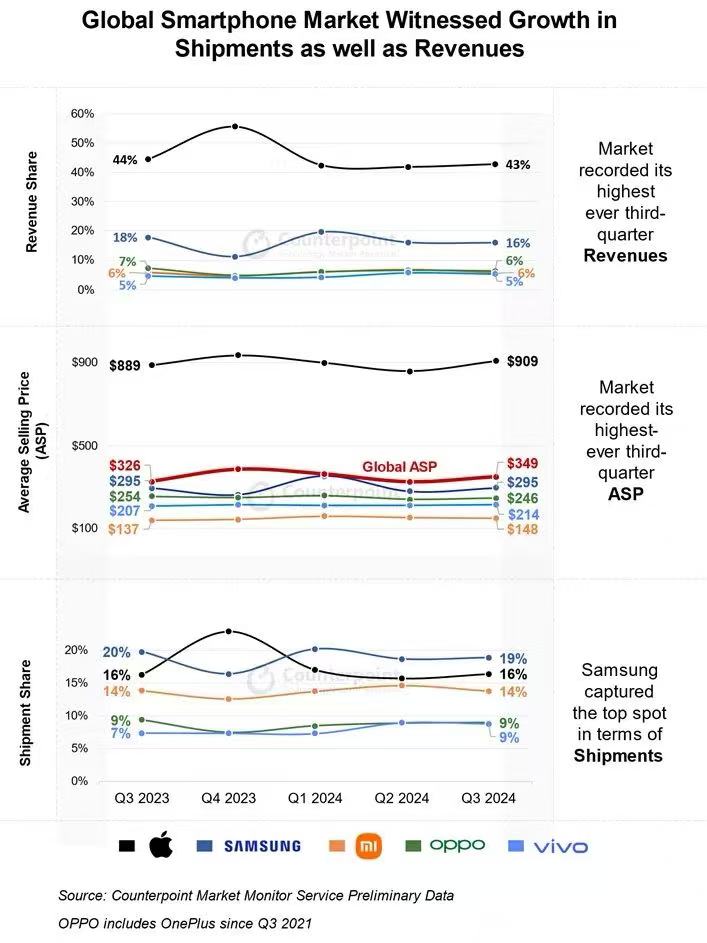
(Source: Counterpoint)
This year's Android flagships have indeed seen a price increase, but when calculating the balance between hardware upgrades and price hikes, they are actually more cost-effective than the unchanged iPhone 16 series. For example, this year's Dimensity 9400 and Snapdragon 8 Gen 2 both use TSMC's 3nm process technology, and their energy efficiency and performance already show potential to outperform the A18 Pro. Another example is imaging capabilities; apart from video recording, almost no flagship phone's imaging level is inferior to that of the iPhone.
Chinese manufacturers have also collectively focused on system fluency and interconnection ecology this year, especially vivo, OPPO, and Xiaomi, which have all launched office suites compatible with Mac. OPPO also supports photo transfer with Airdrop, and in a recent update, it supports sending live photos and full HDR photos. As a result, Apple fans are defecting to Android, which is entirely understandable.
Therefore, even collective price hikes have not dampened consumers' enthusiasm:
Official data shows that vivo's X200 series exceeded 2 billion yuan in first-day sales, a 200% increase over the previous generation; OPPO Find X8's first-day sales grew 2.8 times compared to the Find X7; Honor Magic7 series' first-day sales broke all previous new machine sales records for Honor; realme GT7 Pro's three-day pre-sales volume exceeded that of the GT5 Pro's five-day pre-sales, and so on.
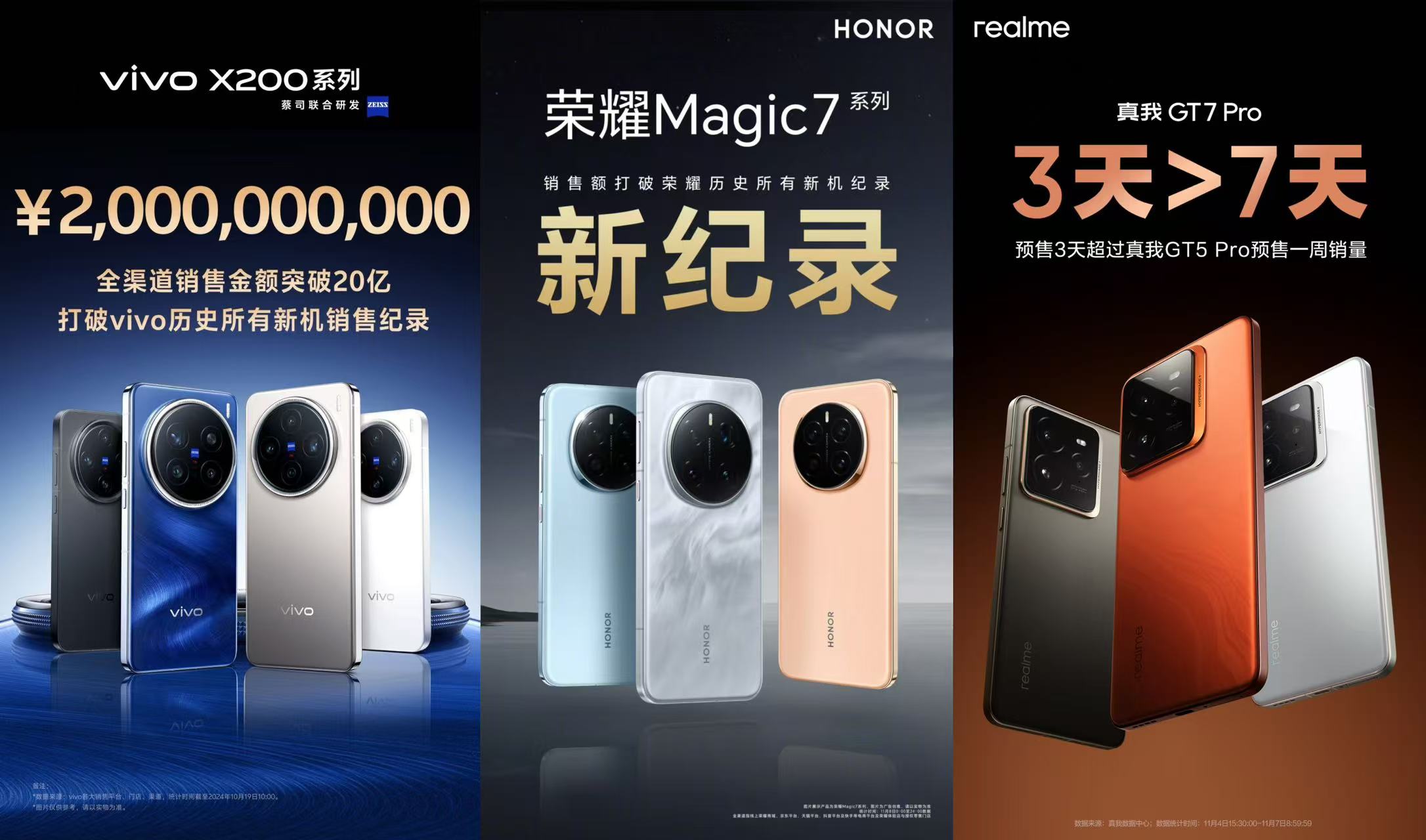
(Source: Leitech illustration)
Of course, Xiaomi has done the best among them, with sales exceeding 100 million yuan within one minute of launch and sales exceeding 1 million units within nine days. Even without labeling itself as an iPhone flat substitute, Xiaomi has still garnered significant discussion and sales. It seems that manufacturers attempting to create small-screen flagships this year still have much to learn from Xiaomi about how to tap into this blue ocean market.
Source: Leitech



